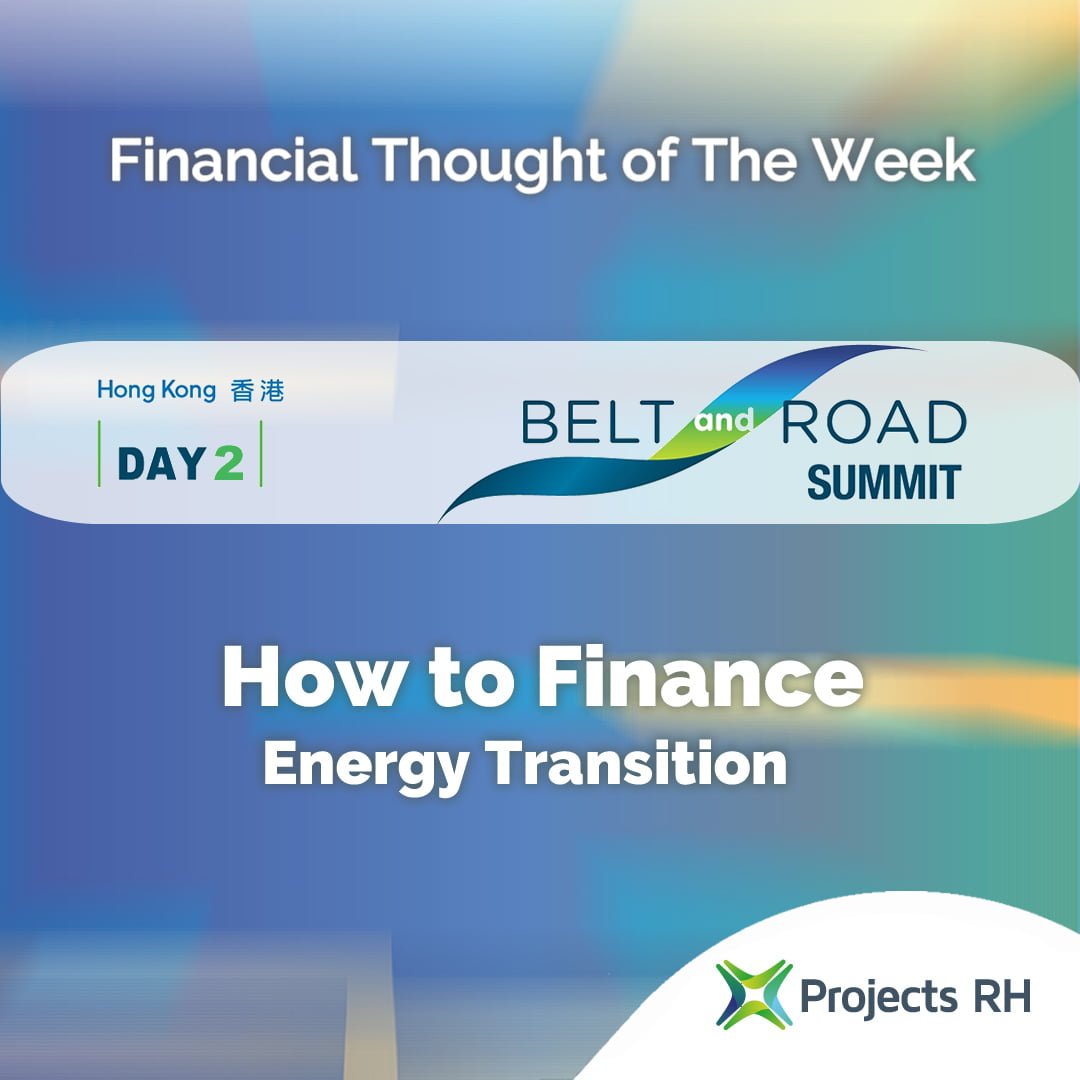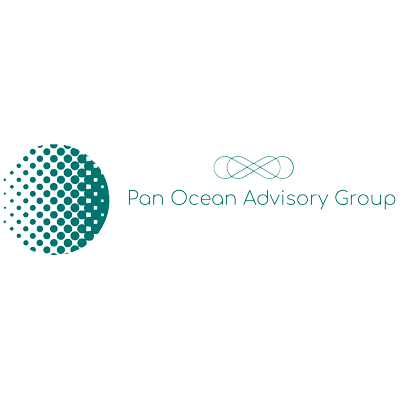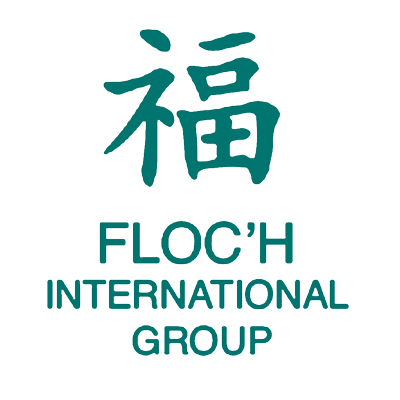One of the recurring themes of the second day of the Belt and Road (B&R) 2023 Summit was the need for decarbonization and financing energy transition. This requires sound financial planning behind it and is much more than just words. The numbers in attendance in the main hall clearly showed the significance of this subject to the attendees. It was a common interest, regardless of where they stood in the list of nations in attendance, adding participants across the industry.
The Quest for Efficiency
As one looks across the Silk Road in much of Asia, there is still a high reliance on energy produced from coal and oil. Energy creation for human use remains the major source of CO2 production, with Asia being highlighted as the dominant area for CO2 emissions. An underlying theme of the presentations was the need for all partners in the energy transition community to work together to build a sustainable financial platform enabling substantial investment in the fields of energy production, transmission, storage, and distribution. It was widely agreed that the first step needed to be gaining efficiency in the reduction facilities which exist today.
Naturally, most countries are looking to transition their energy production from carbon-based fuels to renewables. There is a recognition that multiple types of renewables are necessary, and that they will bring with them additional investment requirements for storage assets and distribution networks.
Mobilizing the Funds
After identifying a widespread need and reaching capacity, the presenters turned to the essential question of how to mobilize funds for the project. It was widely recognized and accepted that the huge investment required was beyond the scope and capacity of most governments. Thus, governments across Asia, in particular, would need to turn to international organizations and the private sector to define what is required. The political and community willpower necessary for this project’s success was also acknowledged.
Carmenza and I were amazed at how much the story was the same as what we had heard in Panama, Colombia, Canada, and the USA just one month earlier.
The Right Mix
After introducing and accepting the concept that private sector money is beneficial and should be invested for extended periods with appropriate returns, an important discussion arose regarding why so many projects had failed to be funded. As is the case with many things in life, the devil lies in the details. Nevertheless, for the purposes of this paper, it is sufficient to say that most issues arise from the terms and conditions associated with purchase power agreements (PPAs). The conclusion reached was that these PPAs must be commercial and support the underlying investment. Now, all attention is focused on determining what constitutes an appropriate underlying investment.
It is widely recognized that the appropriate mix of finance for the energy transition will vary from country to country, but generally, the market consists of the following:
1) International agencies and investment banks
2) Private foundations
3) Government funding
4) Private equity
5) International institutional money
6) Bank debt.
Ironically, this is the same capital stack that occurs in most infrastructure projects.
What About the Return?
The second issue that emerges from this is: what is the appropriate return? The WACC (weighted average cost of capital) for most projects is somewhere between 2.5% to 7%. In many countries, particularly in the Asian, Latin American, and African regions, the cost of development capital ranges from 5% to 15%.
For projects to proceed, investments need to make sense. Making sense means offering an appropriate return based on the acceptance of all risks and rewarding them.
If difficulties weren’t enough, most projects start as a risk expressed over US Treasuries (long-dated US government paper). When US Treasuries are trading at 5 to 6% per annum, this means their projects need to have returns north of 10%, and in some parts of the world, north of 15%. This also means that in any stack, investors are going to look to add a risk-adjusted return, which will probably result in projects not occurring where they are needed. Given that we are working with a blended capital model, perhaps the role of international agencies and private foundations is to take on the early, riskier investments and allow the capital stack to be financed in a high-risk way.
Some risks in the energy business can be transferred to others; however, some cannot be transferred away at all. Given that the major shares of funding for the required infrastructure or projects will need to come from the private sector, specifically funds that include pension annuities and the banking sector, their positions will need to be relatively safe to protect the global economy as a whole. The key to risk mitigation lies in reasonable pricing for energy as reflected in PPA’s, and countries being able to manage their currency risk against long-term valuation. In this case, it does not matter whether the borrowings are made in U.S. dollars, euros, or RMB.
Listening to the Future
At a conference such as this, the delegates may not be able to provide all the answers. Nevertheless, the public airing of these questions is indicative of the global community’s collaboration to address the underlying concerns about climate change, particularly the emissions of CO2 caused by the continuous production of energy.
If Hong Kong continues to be a true center where East meets West and provides both the legal framework and financial muscle to address these major challenges, particularly in Asia and along the Silk Road, we are listening to the future. There is a need for the private sector to work with international institutions and private foundations to evolve a form of PPP (public-private partnerships) that meets the demand of the world community.
At Projects RH, we work with parties that are particularly interested in renewable energy. Now, we are able to think about financing with PPPs. Discussions today made it clear that we need to be more optimistic about how we will finance the energy demands of the future.
By Paul Raftery, CEO, based in Sydney.









